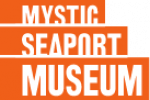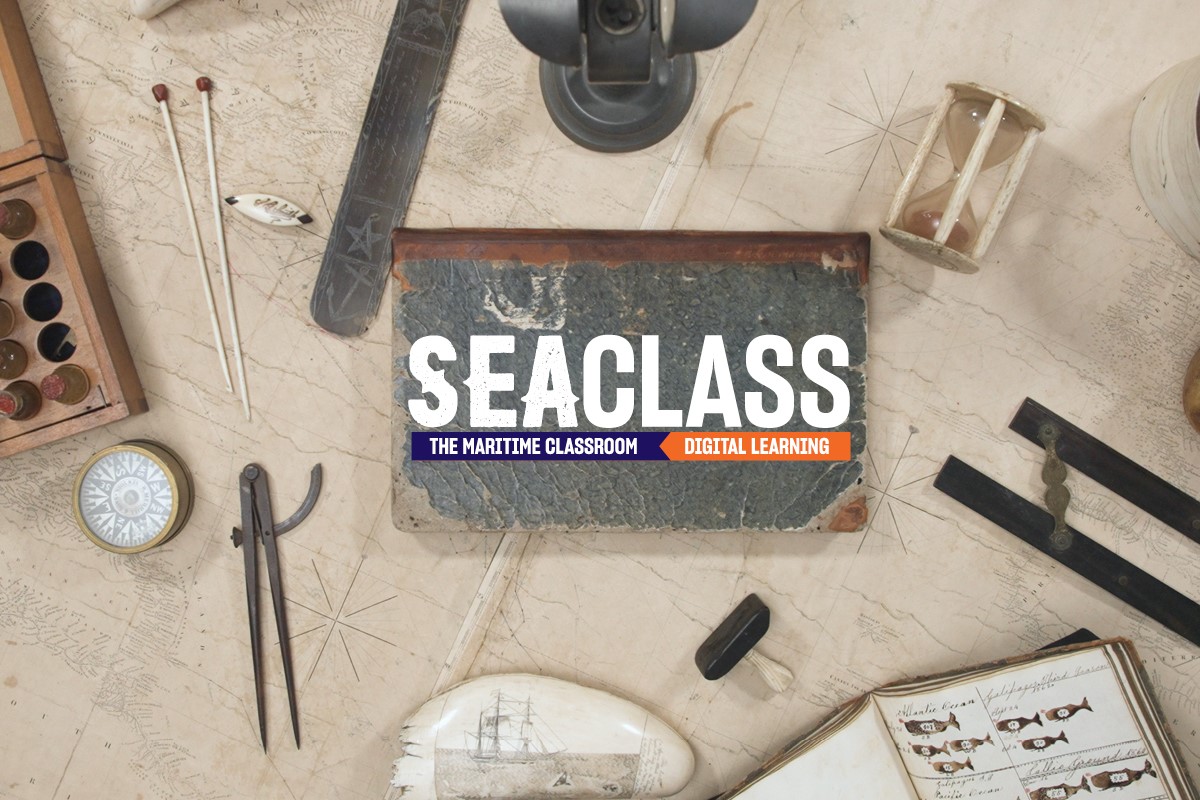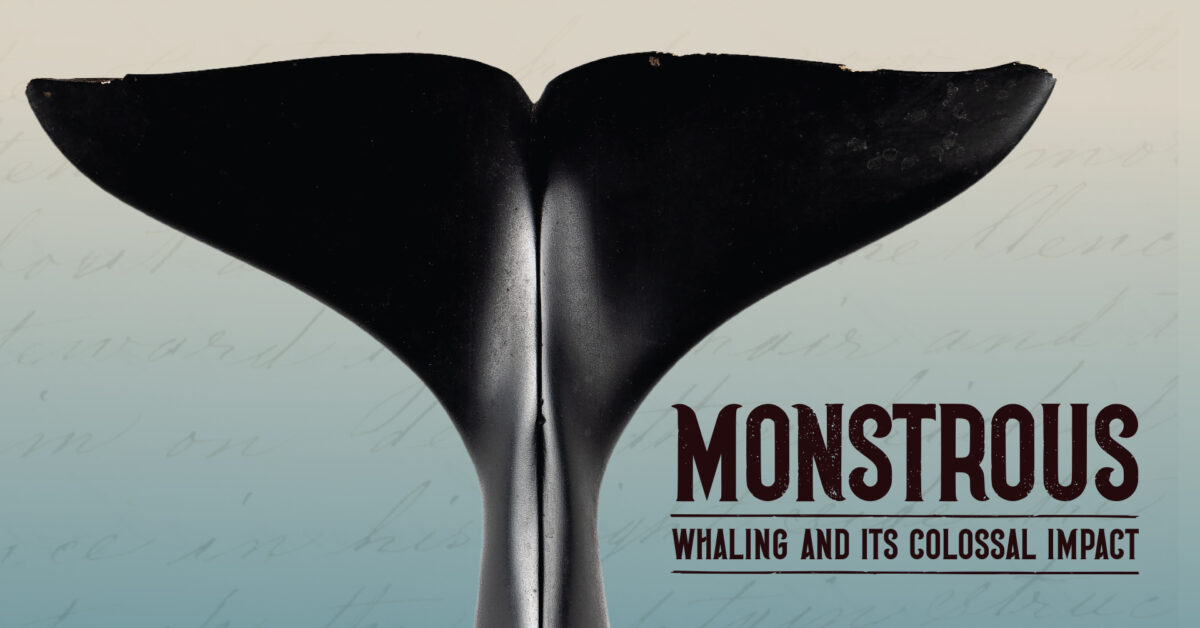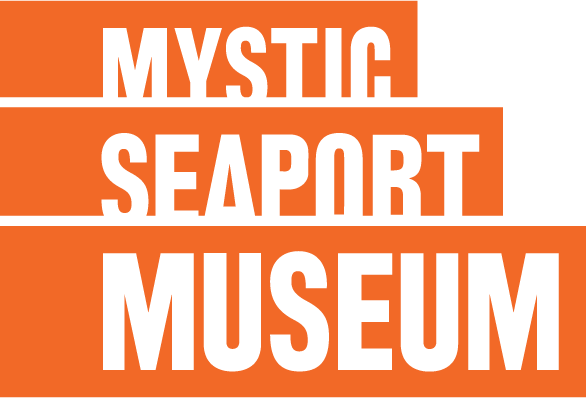Mystic Seaport Museum Launches SeaClass, A New Digital Museum Experience
Mystic, Conn. (May 28, 2025) – Mystic Seaport Museum is proud to announce the launch of SeaClass: Digital Learning, a six-episode video series designed to bring the Museum’s maritime expertise, knowledge, and storytelling to audiences near and far. Premiering Wednesday, June 4, at 12:00 p.m. on the Museum YouTube channel, this inaugural season immerses viewers into 19th-century whaling through stories, artifacts, and expert-led discussions that explore the impact of whaling then and now.
Produced in collaboration with Museum experts and hosted by Krystal Rose, Director of Collections and Curatorial Affairs, SeaClass gives a behind-the-scenes look at items in the vault and provides added context for our newest exhibition, Monstrous: Whaling and Its Colossal Impact, now on exhibit. This program enhances the experience for exhibition visitors, while also providing a global audience the opportunity to engage with key elements of the exhibition virtually.
“SeaClass allows us to extend the reach of our world-class collections, educational programming, and expert voices well beyond our campus. At the heart of our mission is a commitment to inspire an enduring connection to the American maritime experience. We’re thrilled to bring that mission to life in new ways through our expanding digital museum experience, and we warmly invite audiences near and far to engage with Mystic Seaport Museum in meaningful and lasting ways,” said Peter Armstrong, President and CEO at the Museum.
SeaClass is the second digital YouTube series launched in as many years by the Museum. The first being the Find Your Sea Story mini documentary series, which aired last summer and was recently honored with a Silver Telly Award at the 46th Annual Telly Awards.
2025 SeaClass: Digital Learning Episode Schedule:
Episode 1: The Why of Whaling, airing June 4 at 12:00 p.m.
Michael Dyer, Curator of Maritime History, explores the motivations behind whaling and its global impact.
Episode 2: Women in Whaling, airing June 11 at 12:00 p.m.
Maria Petrillo, Director of Interpretation, highlights the untold stories of women in whaling.
Episode 3: Whaling’s Cabinet of Curiosities, airing June 18 at 12:00 p.m.
Professor Jim Carlton of Williams College examines whale anatomy and its historical applications.
Episode 4: Maritime Navigation and Nautical Tools Explained, airing July 9 at 12:00 p.m.
Brian Koehler, Associate Director of Treworgy Planetarium at Mystic Seaport Museum, demystifies how sailors navigated the open seas.
Episode 5: Tools of the Whaling Trade: A Closer Look, airing July 16 at 12:00 p.m.
Michael Dyer returns to demonstrate the tools used by whalers—and the stories they tell.
Episode 6: Massive Whaling Artifacts, airing July 23 at 12:00 p.m.
Take a rare look at large-scale whaling artifacts with Michael Dyer as your guide.
All episodes will be available on the Museum YouTube channel. While viewing is free, donations are welcome to support the Museum. Watch the season one teaser and subscribe to our channel here.
About Mystic Seaport Museum
Mystic Seaport Museum is the nation’s leading maritime Museum. Founded in 1929 to gather and preserve the rapidly disappearing artifacts of America’s seafaring past, the Museum has grown to become a national center for research and education with the mission to “inspire an enduring connection to the American maritime experience.” The Museum’s grounds cover 19 acres on the Mystic River in Mystic, Connecticut, and include a recreated New England coastal village, a working shipyard, formal exhibit halls, and state-of-the-art artifact storage facilities. The Museum is home to more than 500 historic watercraft, including four National Historic Landmark vessels, most notably the 1841 whaleship Charles W. Morgan. For more information, please visit mysticseaport.org and follow the Museum on Facebook, X, YouTube, and Instagram.
###



